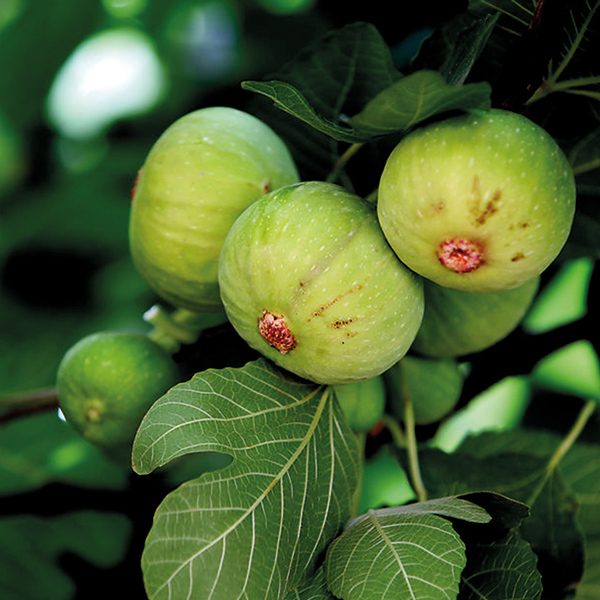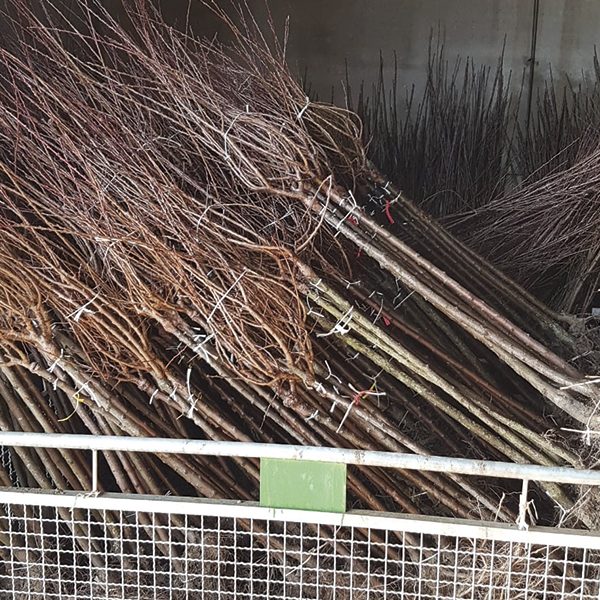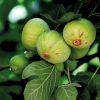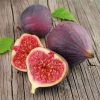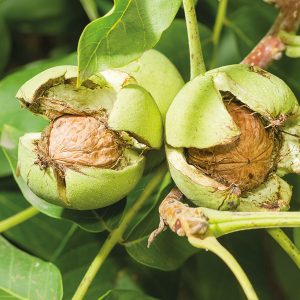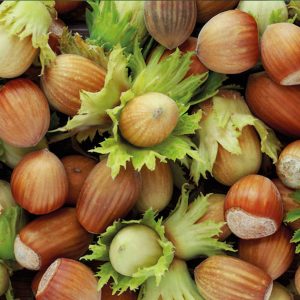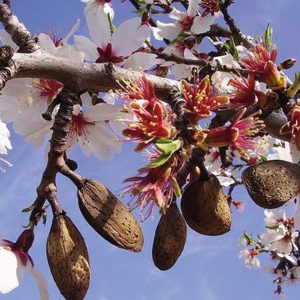Ficus carica is an Asian species of flowering plant from the mulberry family, known as the common fig (or just fig). It is the source of the fruit called fig and as such it is an important crop in those areas where it is grown commercially. Originally from the Middle East and Western Asia, it has been sought and cultivated since ancient times and is now widely cultivated all over the world, both for its fruits and as an ornamental plant. The species has been naturalized in places scattered throughout Asia and North America
Very sweet medium-large sized fruits and elongated, light green in color with a skin so thin that it can be swallowed, ripe in September. Very cultivated in Liguria, also called Genoese Brogiotto.
Maturation between August and September.
Very sweet medium-large sized fruits, with a flattened and bulging shape, dark purple in color, ripe between August and September.
Maturation in September.
It takes its name from the color taken from the peel to maturity. Autofertile variety, unifera, produces only florones, late compared to other varieties. Average productivity.
Maturation between July and August.
Fig Portugal is a bifera variety. It produces large flowers, which are curiously its best production, with large, pyriform, elongated and ending in a long, thin neck. The skin is brownish-purple at times blackish and easily detaches from the pulp. This is bright pink, soft, very fine, honeyed. Delicates, must be collected with the utmost attention, keeping them only for the stalk. The Forniti have a similar shape but are smaller, less elongated, less abundant, but sweeter.
Maturation between August e September.
Tree with medium-sized light green fruits, resistant skin and amber or slightly pinkish pulp, ripe at the beginning of September. Excellent sweet and fine flavor.
Maturation in early-September


